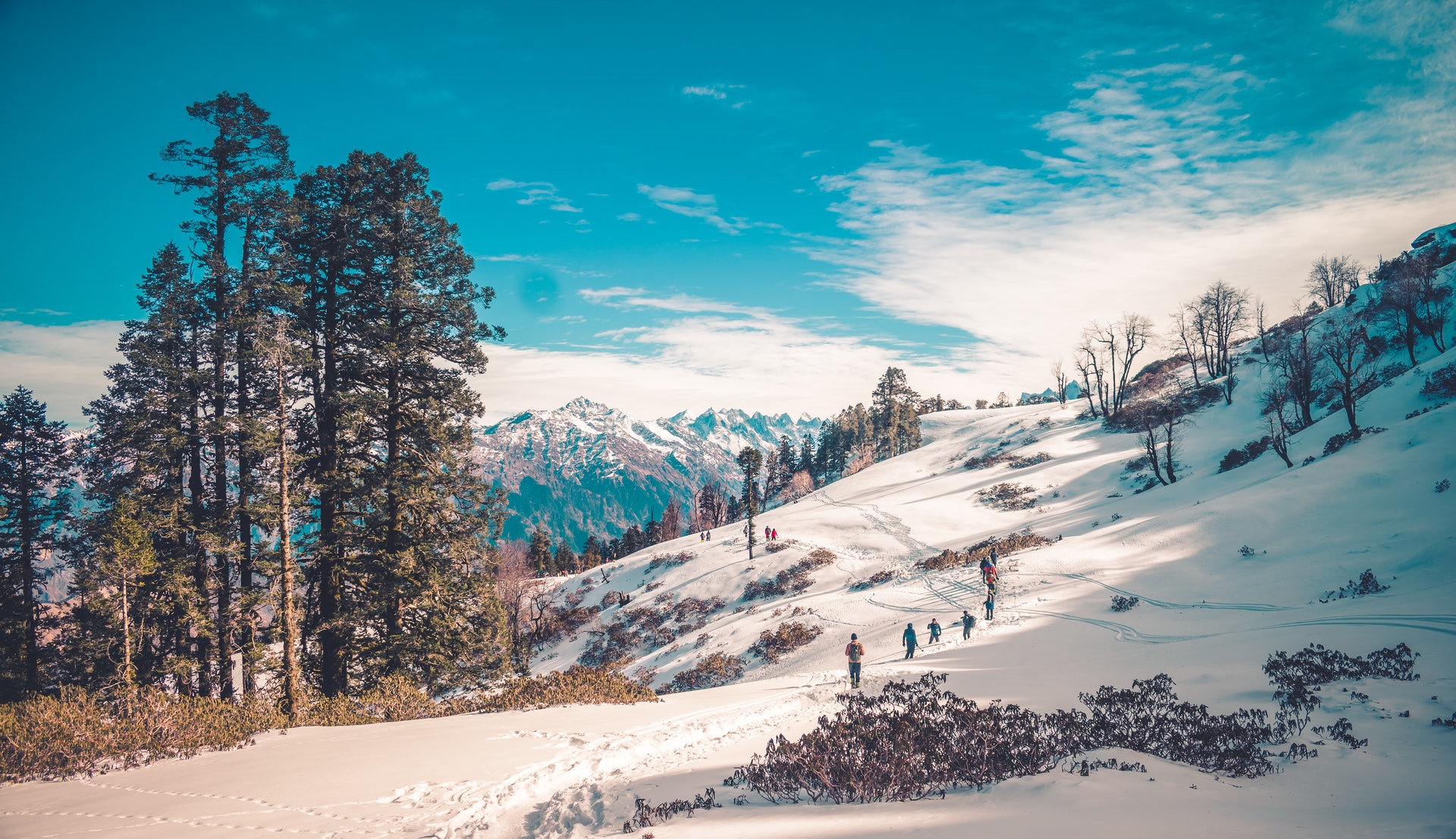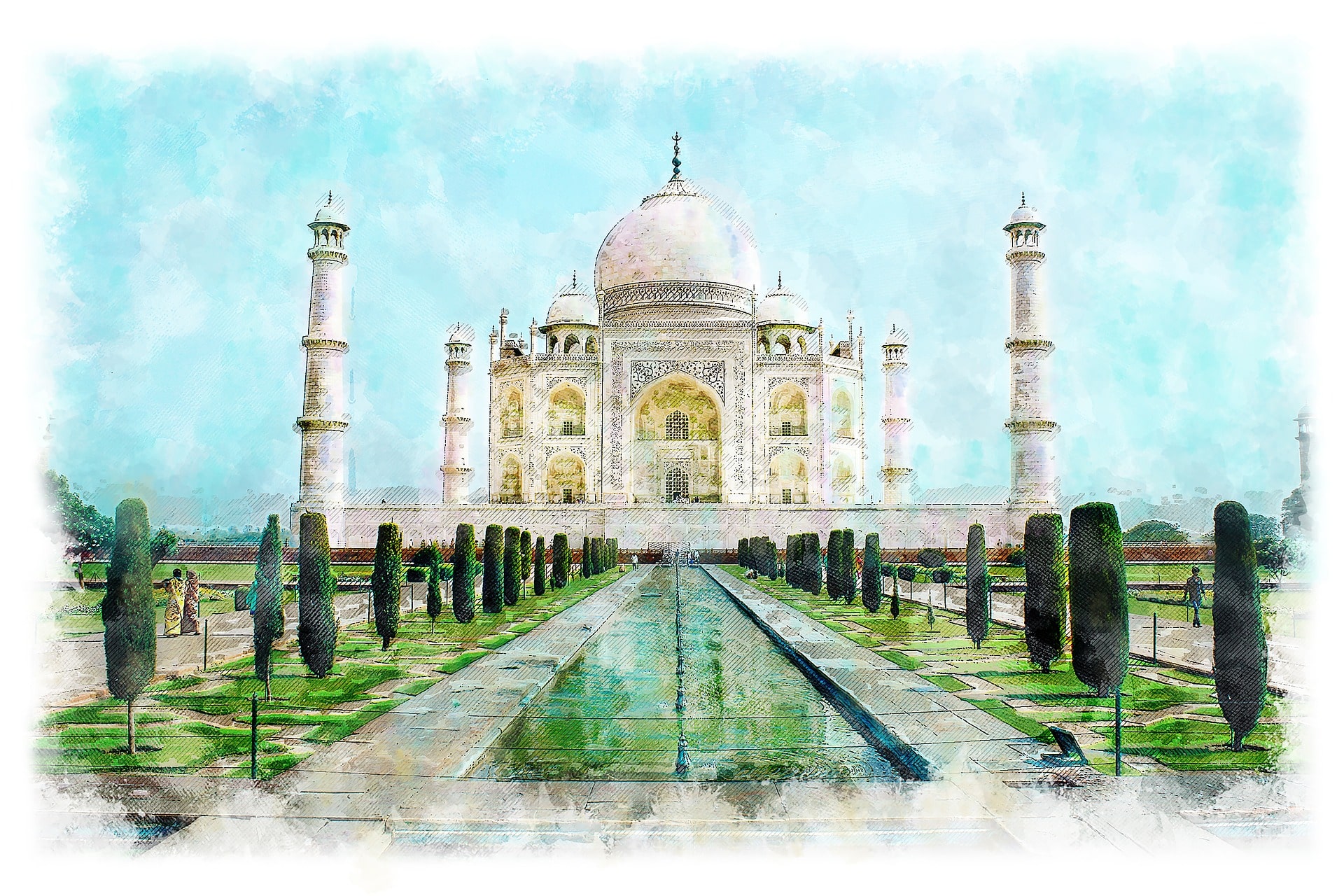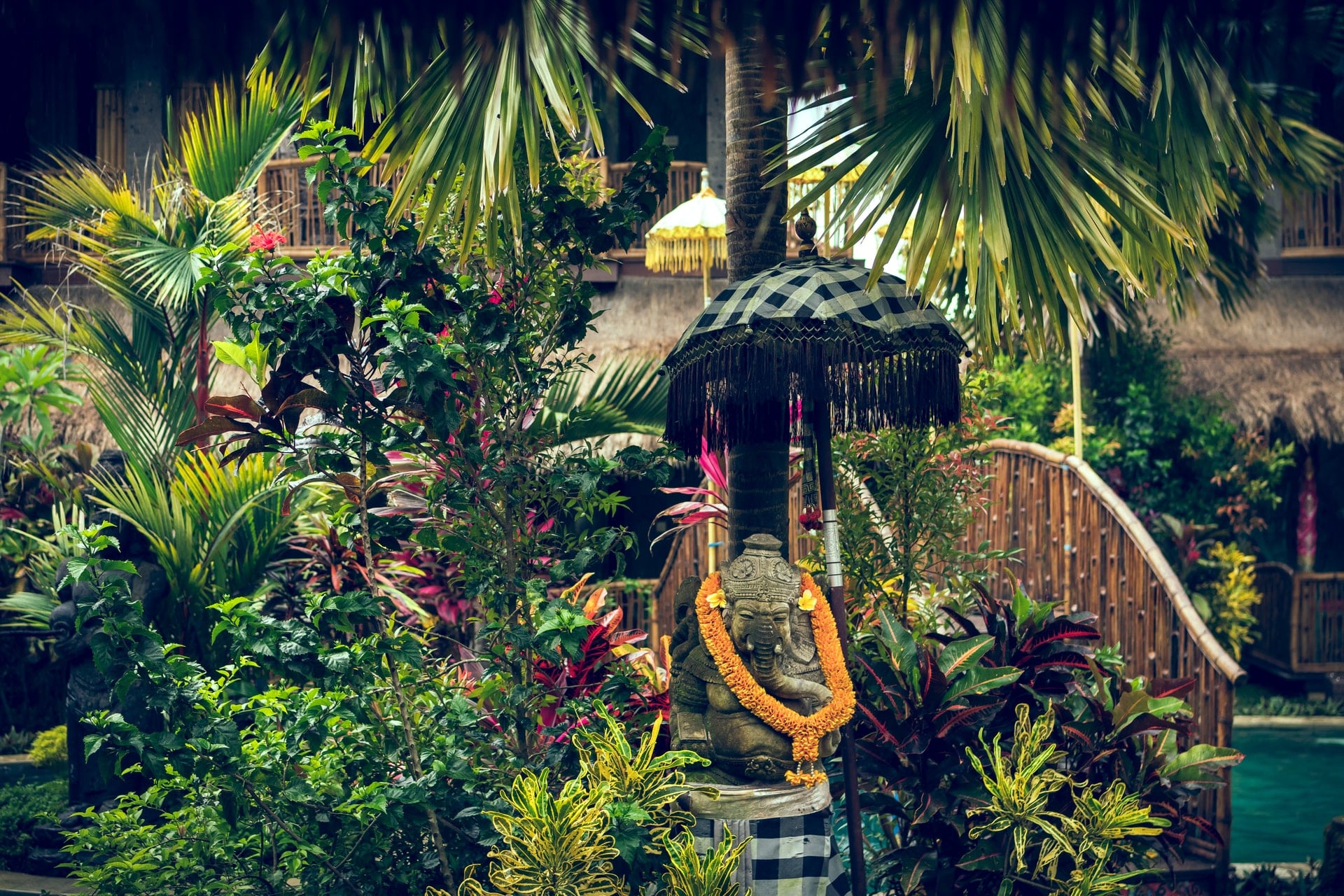
The Kedarkantha Expedition – Rendezvous with the Himalayas
The majestic Himalayas need no introduction. Its magnificence readily welcomes one and all with open arms and one never fails to get surprised and awe-inspired each time the kids to the Himalayan call. Kedarkantha, a winter trekking destination – Kedarkantha Expedition, nestled in the western Garhwal region of the Himalayas, is no exception.
The gamut of hues painting the alpine orchards and pine forests, the sight of glistening dawn-lit peaks, the meandering trails finding their way through the brown carpet of dry pine and maple leaves, the Kedarkantha trek has it all to take your breath away.
As the name goes, Kedarkantha derives from its source Kedarnath, which is another name of Shiva, the protector and also the destroyer and one cannot escape the spiritual undertones with beautiful Kedarnath Temples reverberating in the surrounding ranges.
The drive from Dehradun to Sankri serves you with some picturesque view of nature throbbing with freshness. The unruly entwined roadways with sharp hairpin bends might be a bit tiring, but the refreshing greenery on either side of the narrow feeble streams flowing across the roads serves as an antidote.
Driving along the scenic vicinity of the Garhwal mountainscape and the mighty Yamuna accompanying on the way to Sankri, which is the starting point of the trek, one crosses by Mussoorie, Barkot, Purola, Mori, Netwar, and Mowat. Sankri serves as the gateway to the trekking expedition.
The Kedarkantha trek commences from a Sankri village named Saur, leaving behind the perineal Tons river valley. Taking the strenuous stone-tucked trail which loses its way into the pine woods, the trekkers start for the Kedarkantha summit. The dense pine forest looks heavenly after a snowfall as the snow crystals, like icing sugar, cover the pointed pines uniformly.
Following the trail, as one moves ahead, one often comes across the sight of the Himalayan langurs swinging amongst branches. It is not uncommon to come across a few hares and wild boars who shy away at the sight of travelers. The splashing sound of an invisible stream marks its presence in the otherwise silent forest stretch, and the pine forest opens into a large grove of maple trees. The crunchy footstep on the dried maple leaves is worth noting.
The pine and oak forest soon opens into a clearing with a quintessential pond called Juda ka Talab or Juda Talab. As the name goes, Juda (conjoined) Talab was previously two conjoined lakes that eventually merged into one.
The Kedarkantha trek takes pride in offering one amongst the few pretty campsites in the Himalayas and Juda Talab campsite is one such. Set in a beautiful clearing surrounded by giant pine trees and a lake that freezes completely during winter months, Juda Ka Talab possesses a captivating beauty.
The night too pours down its mysterious beauty as one watches the starlit sky and some faded view of the remarkable peaks. Sleeping inside sleeping bags when it’s freezing outside is not an easy task, but staying in tents at night with all its hardships, in a confined forest clearing is worth the experience.
As the sun rises from behind the mountain steeps, the sky seems to be smeared with crimson hues which extend throughout the long stretch of horizon. And with the sun going up, the trek to the Kedarkantha base camp continues. The campsite at Kedarkantha is on an open meadow with snow-capped peaks all around, and it impresses you at the very moment you step in. Leaving behind the campsite as we move to the Kedarkantha summit, we get to experience the Himalayan charm which leaves us spellbound.
The Kedarkantha summit is marked by a cairn with a Trishul that points to the sky. The lingering perfume of burnt incense and the red and gold strings of religious importance are the symbols of religious reverence the summit holds for the locals.
The Kedarkantha peak graces you with an awe-inspiring panoramic view of the Garhwal and Kinnar Himalayan regions, including Gangotri, Yamunotri, and Chanshal pass. One also gets a 360-degree view of nearby villages, the peaks of Swargarohini, Kalanag, Ranglana, and Bandarpoonch as well as breathtaking views of the valley. The Kedarkantha Expedition trek is one of the most famous Himalayan treks and if you are a beginner, you can start with it as well.
Also Read – 10 Most Famous Spiritual Places in India
How to Reach Kedarkantha – Kedarkantha Expedition
Kedarkantha is about 472km away from Delhi, but you can only reach via road to the last motorable region of Sankri village in Uttarakhand.
By Air
The nearest airport for the Kedarkantha expedition is Jolly Grant Airport in Dehradun. From there, you can either take a private cab or Govt. Bus to Sankri village and after that, you will have to start your trekking journey.
By Train
You can book a direct train from Delhi to Dehradun and upon reaching Dehradun, you can again either take a private cab or Govt. Bus for Sankri village.
By Road
You can get a direct bus to Dehradun from Delhi ISBT Bus Stand and upon reaching Dehradun, you are free to either hire a private cab or just hop on Govt. Bus to Sankri village.
Best Time to Visit
As we all know, Kedarkantha is famous as a winter trek so naturally, the best time to go for the Kedarkantha trek is from December to April. In winters, it will be like walking on a snow-covered world littered with towering mountain peaks.
Also Read – 11 Best Adventure Destinations in India for adventure seekers



